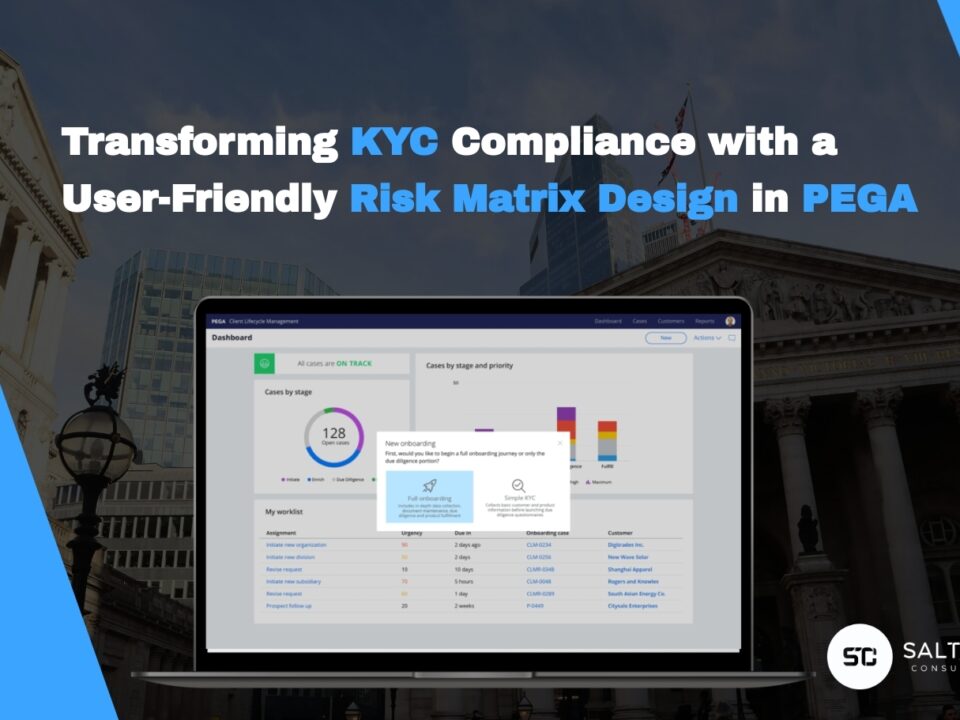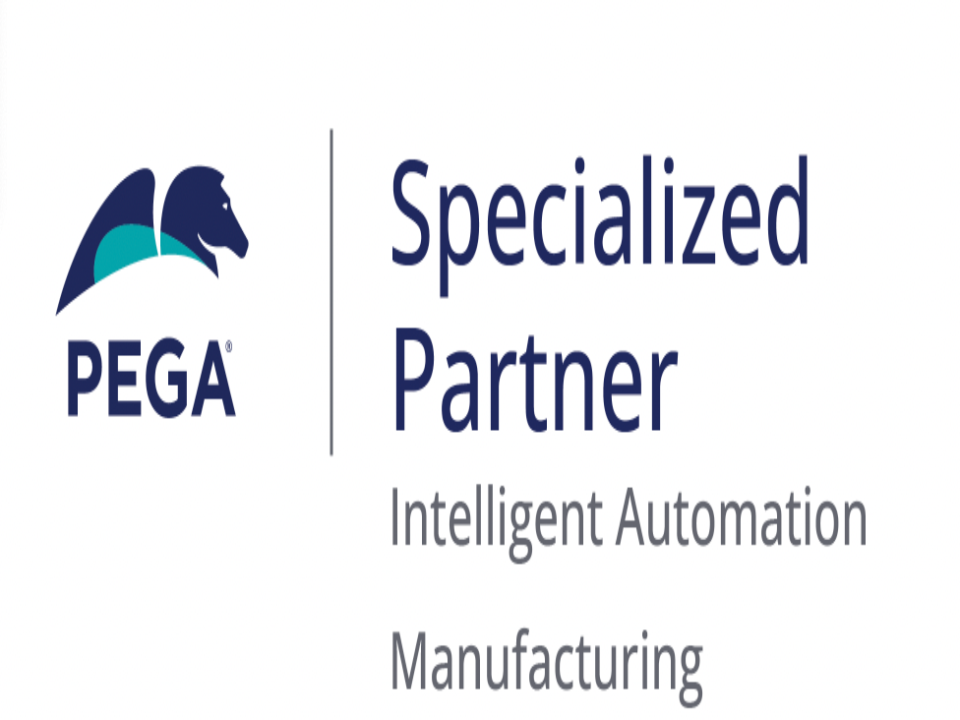
Interview with Gábor Antóci – Engineering Manager at Saltech Consulting
2020-09-23
Interview with Jutta Hobbelhagen (Haufe Group)
2023-02-16
Creating defined and measurable value to a business requires deep expertise that enables operational excellence.
At Saltech, our PEGA certified consultants have the necessary capacity and knowledge to drive innovation, and create better experiences for customers and businesses.
Recently, we had the opportunity to talk with Alejandro, one of our experienced LSAs, about what his journey with PEGA has been like at Saltech.
For how long have you been working with Pega as a developer and what do you find the most interesting in your job?
I’m very interested in how large companies solve their problems by orchestrating their systems and how those interact with each other. It’s something that I can support and improve with Pega, since I started working at Saltech almost 5 years ago. I think there’s a lot to learn, and you can do so by gaining experience with different, interesting real life cases.
In what different industries have you worked on?
I’ve been in many different projects that range from Telecommunications, Insurance, Banks, Lawfirms, Intelligent Traffic Management, among others. I have also been involved in projects in the public sector, where we did an implementation, but I also carried out some system administration tasks.
What type of problems can be solved with Pega?
Pega is a specifically applicable tool for business process management, making it easier for companies to have a core platform that handles all the business processes, and allows them to integrate with other systems in their enterprise structure.
There are other products, like Pega decisioning or customer service that tackles how to approach your customers and their needs. It allows you to extract information from the data that helps you decide what Pega calls the Next Best Action. In that product, for example, you can upsell, cross sell, and use all that data to try to optimize your profit while improving customer satisfaction.
In which cases do you believe Pega can leverage its power the most?
In my experience, it’s usually back office tasks. For example, in an Intelligent Traffic Management project I worked on, users have to deal with the traffic system. They first get the incidents, process the fines, investigate who were the people involved, or review if there are any exceptions to the usual process. These types of processes were done manually before, and had a lot of different steps and tasks carried out by different people. By using Pega, you have all that in the same platform, some of the steps are automated, others are not. In the end, the process remains the same, but in a centralised platform through Pega.
What is the most important to take into consideration before developing a solution based on Pega?
It’s quite important to ask the right questions in order to understand the intention of the companies and the purpose of that software. Understanding how they are doing things, how have they been working so far, what they want to achieve, and why.
Since the companies we are working with are large and mature, they most often have their legacy systems in place. As consultants, we have to analyze what legacy systems were doing and how to implement that in Pega, whether it makes sense to do it in Pega, as well as thinking how we can leverage what was in the legacy systems, the integrations, as well as other systems in the company. Eventually, you have to decide what is going to happen in Pega and outside of it.
It’s necessary to ask these questions to drive the development, the implementation and design.
Also, in some cases the project has already been planned, but you might find gaps, in which case you can actually plan the design in a better way that fits the needs of the business, before starting with the project, or before you start with certain features or components.



